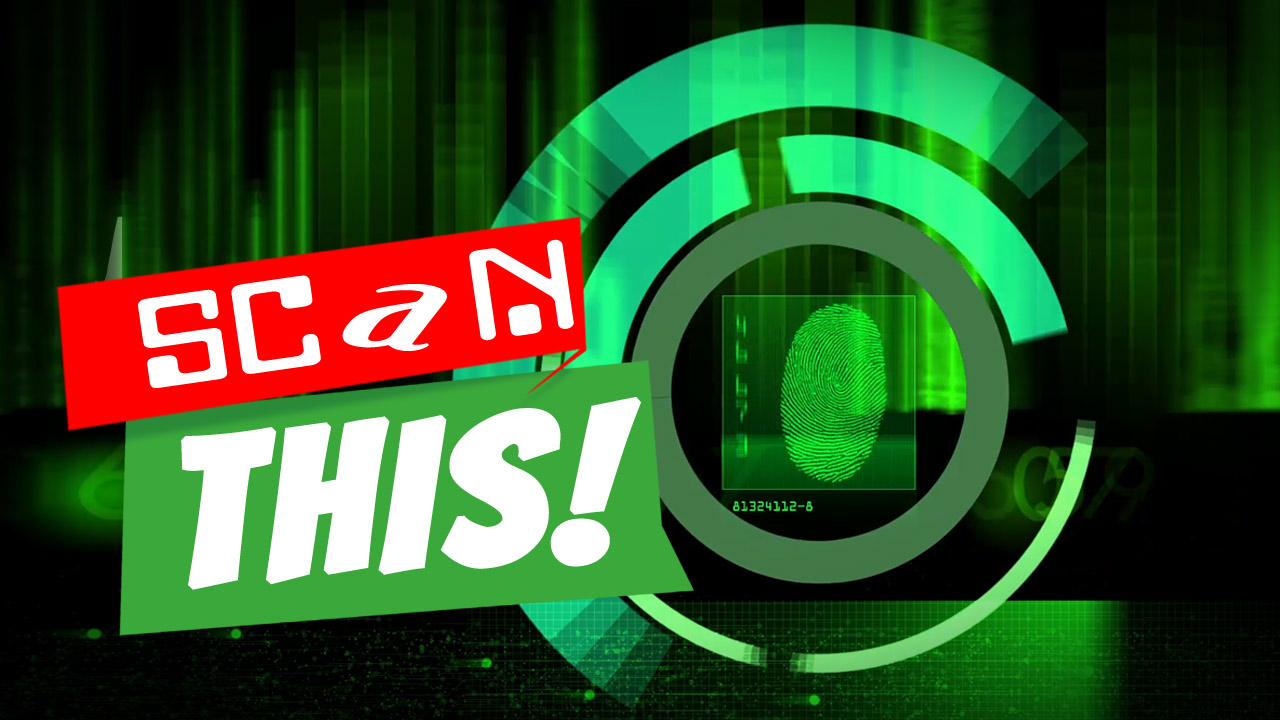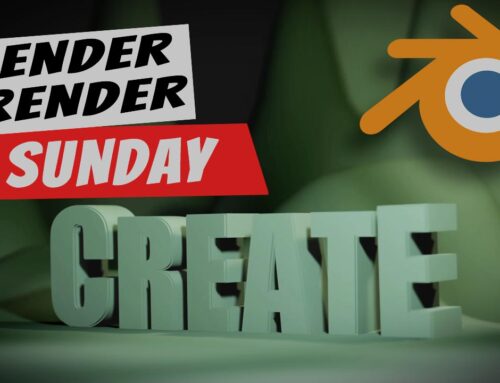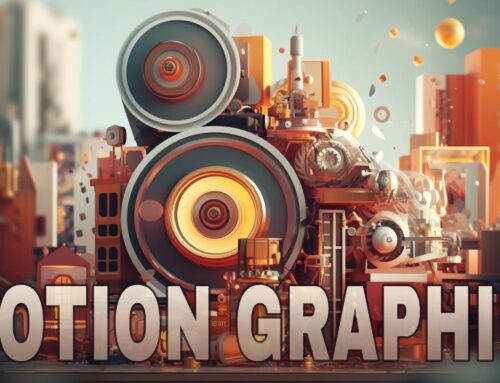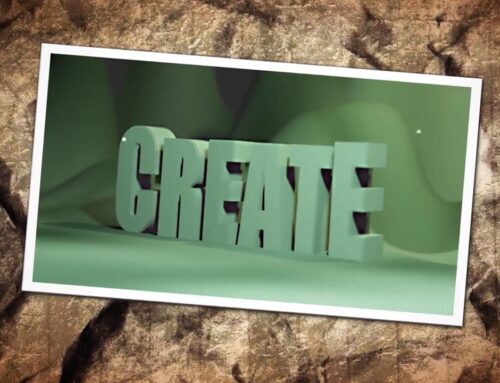The Comprehensive Guide to Understanding and Creating Motion Graphics
Understanding the world of motion graphics can unlock a wealth of creative possibilities. From engaging explainer videos to captivating social media ads, motion graphics have become an integral part of digital media and visual storytelling. This article aims to delve into the intricacies of motion graphics, focusing on their various elements including typography, shapes, icons, illustrations, and photographs. Whether you are a seasoned professional looking to update your knowledge or a beginner intrigued by the craft, this guide will provide invaluable insights into the creation and use of motion graphics.
Our exploration of motion graphics will be thorough and exhaustive, discussing the history of motion graphics, the different elements that constitute motion graphics, the software commonly used to create them, and the industries where they find their application. We will also discuss the future trends of motion graphics and how they are evolving with advancements in technology.
By the end of this article, you’ll have a comprehensive understanding of what motion graphics are, how they’re made, and how they can be effectively used to convey complex ideas simply, engage viewers, and create a lasting impact.
Table of Contents
- What are Motion Graphics?
- History of Motion Graphics
- Elements of Motion Graphics
- Software for Creating Motion Graphics
- Applications of Motion Graphics
- Future Trends in Motion Graphics
- Final Thoughts
- Sources
What are Motion Graphics?
Motion graphics are a type of animation. However, they are distinct from traditional animation because they are not centered around character-driven narratives. Instead, they are designed to present information or ideas in a dynamic, engaging way. Motion graphics typically combine various elements, including typography, shapes, icons, illustrations, and photographs, and can also incorporate sound or music.
Motion graphics are often used to explain complex ideas or processes, to create promotional or branding materials, or to add visual interest to video content. They can be found in a wide range of media, from television commercials and movie title sequences to web-based videos and interactive applications.
History of Motion Graphics
The history of motion graphics dates back to the early days of cinema. Filmmakers began experimenting with animated elements in their films as early as the 1890s. However, the term “motion graphics” wasn’t coined until the 1960s.
This was a time of significant technological advancement in the field of visual effects and animation. New technologies allowed for more complex and sophisticated motion graphics, and the field began to develop its own unique aesthetic and approach.
One of the key figures in the early days of motion graphics was John Whitney, a filmmaker and animator who created some of the first computer-generated animations. Whitney’s work was hugely influential and laid the groundwork for many of the techniques and approaches used in motion graphics today.
In the years since Whitney’s pioneering work, motion graphics have continued to evolve, driven by technological advancements and changing aesthetic trends. Today, they are a crucial part of the visual language of digital media, with applications in a wide range of industries and fields.
The next sections will delve deeper into the specific elements of motion graphics and the software used to create them, as well as discussing their applications and future trends.
The actual content for the remaining sections will depend on your specific requirements and the depth of information you want to provide.
Elements of Motion Graphics
Motion graphics utilize a wide range of visual elements to tell stories or convey information. Here are the most common ones:
Typography
Typography is the art of arranging type to make it readable and appealing when displayed. In motion graphics, typography can be animated to create dynamic, engaging content. This is often used in title sequences, advertisements, and explainer videos to emphasize key messages and enhance visual storytelling.
Shapes and Icons
Shapes and icons are simple yet powerful visual elements in motion graphics. They can be used to represent ideas, create patterns, or guide the viewer’s attention. When animated, shapes and icons can transform, interact, and create compelling narratives.
Illustrations and Photographs
Illustrations and photographs can add depth and realism to motion graphics. They can be used as backgrounds, characters, or key visual elements. Through various animation techniques, these static images can come to life, adding a unique dimension to the motion graphic piece.
Software for Creating Motion Graphics
There is a wide range of software available for creating motion graphics, each with its own strengths and capabilities. Here are a few of the most popular ones:
- Adobe After Effects: This is the industry standard for motion graphics and visual effects. It offers a wide range of tools and features for creating sophisticated animations and compositing effects.
- Apple Motion: This is a powerful motion graphics tool for Mac users. It offers real-time performance and a user-friendly interface, making it a good choice for beginners.
- Maxon Cinema 4D: This is a 3D modeling, animation, and rendering application known for its accessibility and power, often used in combination with After Effects for 3D motion graphics.
- Autodesk Maya: Maya is a comprehensive 3D animation software used in film, visual effects, game development, and more. It’s capable of creating high-end 3D motion graphics.
Applications of Motion Graphics
Motion graphics are used across many industries to communicate ideas, tell stories, and create engaging visual experiences. Here are a few key applications:
- Advertising and Marketing: Motion graphics are used to create dynamic ads, promotional videos, and social media content. They can make complex products or services more understandable and appealing.
- Film and Television: They are used in title sequences, trailers, and special effects.
- Education: Motion graphics can make educational content more engaging and easier to understand, especially when explaining complex concepts.
- Web Design: They can add visual interest to websites and improve user experience through animated UI elements.
Future Trends in Motion Graphics
The future of motion graphics is set to be influenced by advancements in technology and changes in how we consume content. Some key trends include:
- 3D Elements: With improvements in 3D software and rendering technology, 3D elements are becoming more common in motion graphics, creating more depth and realism.
- Virtual Reality (VR) and Augmented Reality (AR): As VR and AR technologies become more mainstream, there are new opportunities for creating immersive motion graphic experiences.
- Data Visualization: As we deal with more and more data, using motion graphics to visualize and make sense of this data is a growing trend.
- Personalized Content: With advancements in machine learning and AI, there’s potential for creating personalized motion graphic content that adapts to individual users.
The next section will wrap up this comprehensive guide with final thoughts.
Please note that the actual content of these sections can be extended or shortened based on your specific needs and depth of the information you want to provide.
Final Thoughts
Motion graphics have come a long way since their inception. They have permeated nearly every aspect of digital media, helping us understand complex information, attract and retain attention, and tell compelling stories. With advancements in technology and software, the possibilities for what can be achieved with motion graphics are expanding rapidly.
Understanding the various elements of motion graphics, the tools used to create them, and their wide-ranging applications is critical in today’s digital age. Whether you’re a graphic designer, a marketer, a filmmaker, or a visual artist, a solid grasp of motion graphics can significantly enhance your skill set and offer new avenues for creativity.
However, it’s important to remember that while technology and tools are crucial, the heart of motion graphics lies in storytelling and creativity. The best motion graphics are those that successfully combine art and technology to convey a message or tell a story that resonates with audiences.
As we continue to navigate the digital age, motion graphics will undoubtedly play an increasingly prominent role in how we communicate, educate, entertain, and engage. Embracing this dynamic medium can open a world of opportunities for individuals and businesses alike.








